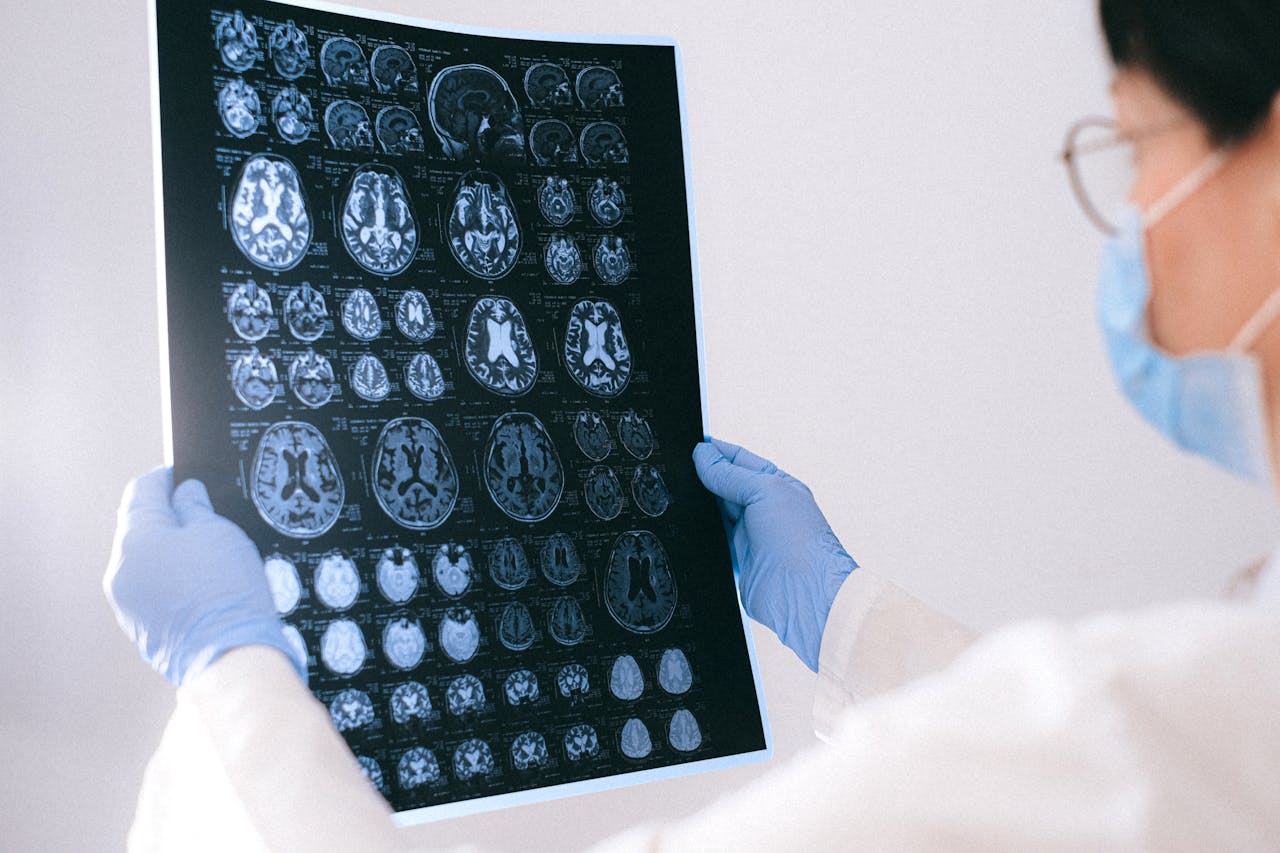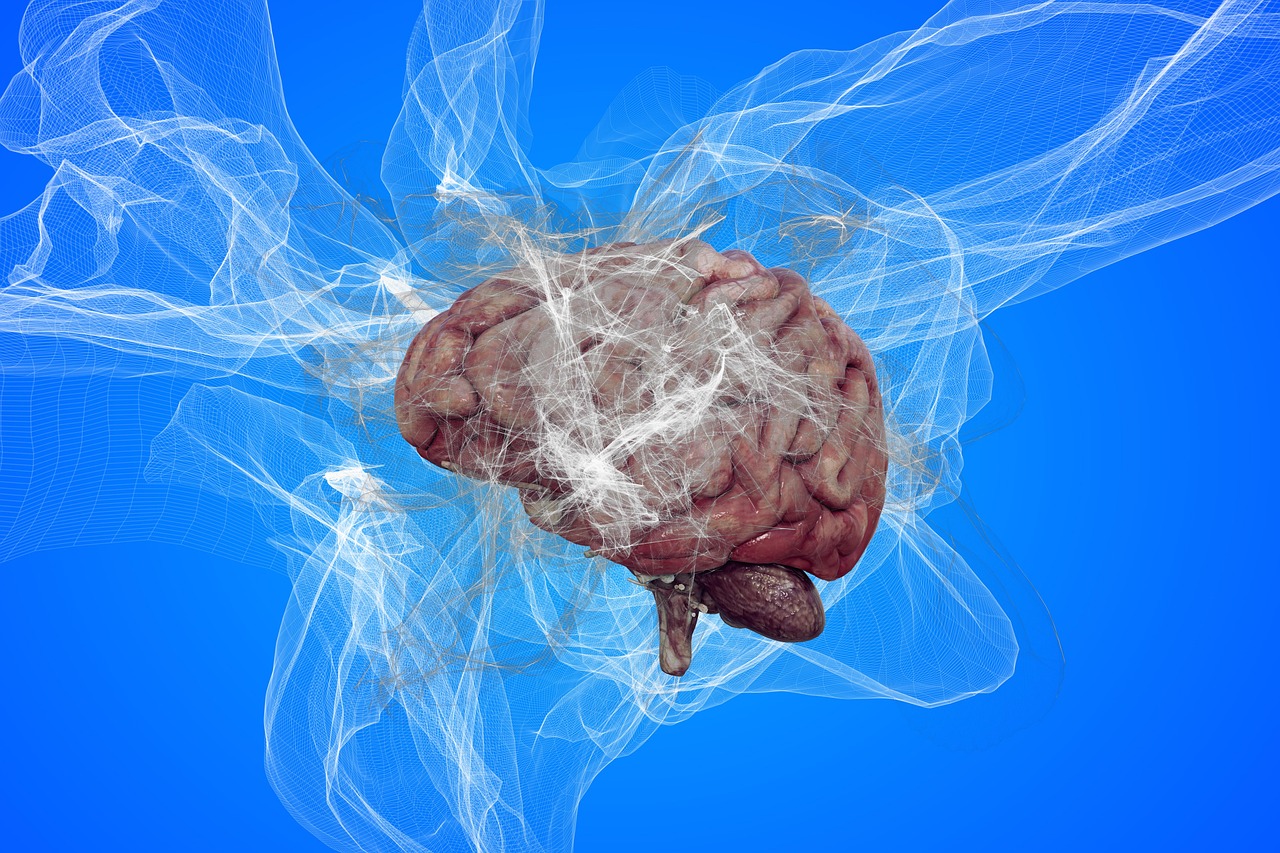
The researchers found that machine learning can provide guidance on how to learn or teach. Continue reading

Experts at the HUN-REN Hungarian Research Network (HUN-REN KOKI) are investigating the role of brain cells in spatial orientation. Their research may contribute to a better understanding and treatment of diseases such as Alzheimer’s, in which spatial orientation and memory are impaired.
A press release issued by the research institute on Friday recalls that the hippocampus contains so-called place cells, which are only active when the organism is in a specific location. Interestingly, only half of the neurons in the hippocampus are active during a given task, while the rest remain “silent.” HUN-REN’s research is an important step in understanding how brain cells specialize in specific tasks, they emphasize.
Led by Zoltán Nusser, HUN-REN KOKI researchers monitored the activity of neurons in mice while the animals “ran” for rewards in a virtual reality environment. Based on this, the nerves were divided into active place and silent cells to be identified, then they were subjected to further physiological and morphological examinations.
First, the electrical properties of the nerve cells were measured. The results showed that there was no difference between the two cell types, therefore this does not explain why one is active and the other is not. Next, they examined whether silent nerves receive greater inhibition from other neurons. However, they found no significant difference in the density of inhibitory synapses.
Finally, the researchers focused on the dendrites of the cells. These spines receive excitatory signals, and previous research has shown that their size correlates with the strength of the incoming stimulation. They observed differences in that although the density of dendritic spines was similar, the base of place cells were larger, meaning that they received stronger agitating inputs.
This observation suggests that the difference in activity may be due to diversity in the strength of the excitatory input, while electrical characteristics or local inhibitory effects play a more negligible role.
Via MTI; Featured image: Pixabay